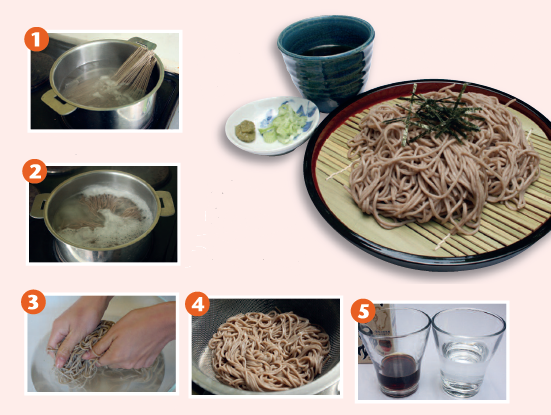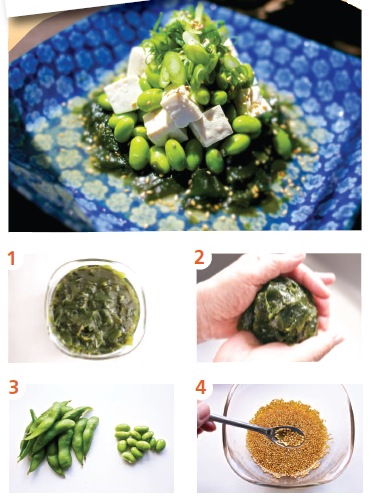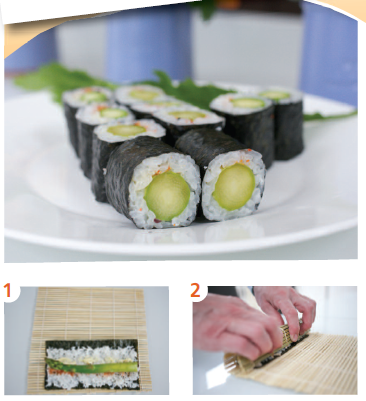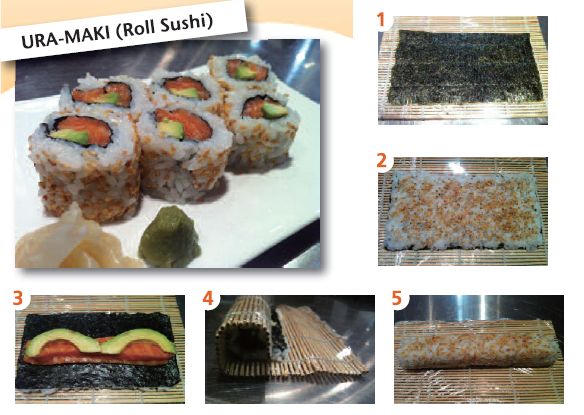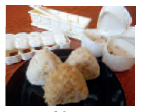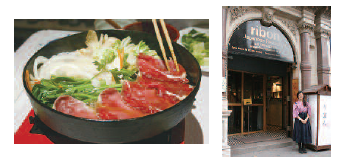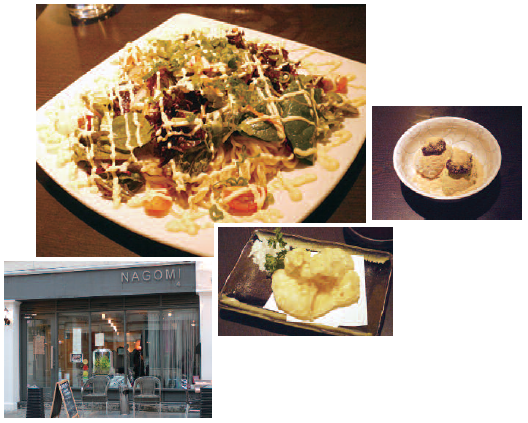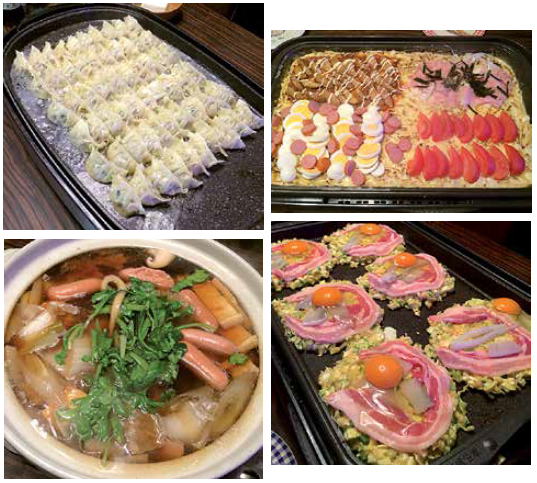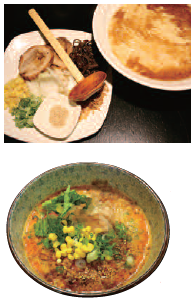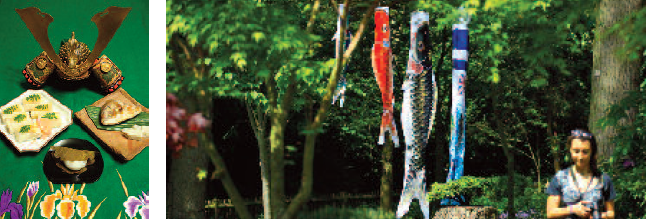
Tango-no-sekku (children’s Day)
We celebrate ‘Tango-no-sekku’, a day dedicated to the health and happiness of all children.
May the 5th is a day called ‘Tango-no sekku’, commonly referred to as ‘Kodomo-no-hi’ (Children’s Day). It is a festive day to wish happiness for all children, mainly boys. This tradition originates from a ceremony in which plants such as yomogi (mugwort) and shoubu (iris) were used to cleanse one from evil. There are extracts from the Heian period Japanese literature, ‘Makurano-soushi’ (The Pillow Book of Sei Shonagon), that illustrate in detail how the Japanese of the tenth century executed this ‘Tango-no-sekku’. It was actually later on down the timeline, when Japan entered the age of samurai warriors, that ‘Tango-no-sekku’ was turned into a ceremony to celebrate and to wish for a healthy life for boys. This was because the kanji characters of the Japanese word for the plant, iris, reads the same as the kanji character for a word that means ‘martial spirit’, symbolising bravery: shoubu. In the modern day, it has gradually become tradition to decorate homes with objects such as koinobori and musha-ningyou (a Japanese traditional doll that is dressed as a samurai) wearing yoroi-kabuto (the samurai armour). Koinobori is an ornamental decoration that has been a tradition since the Edo period, which imitates koi (carp fishes) swimming up a waterfall. It derives from an idea that came from China, that this action of these fishes represent ‘success in life’; therefore, the Japanese wish upon them for their boys to have a happy life. In 2014, on the first ever ‘Tango-no-sekku’ for Prince George of Cambridge, a koinobori was gifted to the UK from Japan with the wish that it is associated with. This actual koinobori is scheduled to be on display again in the beginning of May this year, in Holland Park near Kensington Palace, London. The traditional foods of ‘Tango-no-sekku’ loved by Japanese boys, are kashiwa-mochi and chimaki. Kashiwa-mochi is a wagashi (Japanese confectionery) that is a folded, flattened round mochi – which is made with rice flour – with sweet red bean paste inside, parceled by a leaf of kashiwa (an oak tree). The leaves of this tree do not fall until the new leaves form; therefore, it represents a never-ending family line, and a sign of luck. Chimaki is also a wagashi, made up of mochi wrapped in leaves – such as the ones of bamboo – and tied up with plants like rush (a grasslike plant). This food originates from China and its shape, form and filling can differ according to the region of Japan. There are some that are triangular like an onigiri (rice ball), and ones that are made up of several thin and long parcels tied up together. Other than confectionery, there are many foods that are eaten to celebrate ‘Tango-no-sekku’, such as fish cooked in the style of kabuto-yaki, in association with the yoroi-kabuto. There must be a mutual feeling throughout the world, for our children to grow and live a happy, healthy and successful life. In Japan, we created a special day for children and have been celebrating it with special food. Today, the country is experiencing a heavy decline in birth rates and this has been identified and highlighted as a serious social problem. We do hope that we keep our spirit for ‘Kodomo-no-hi’, as a day to wish for children’s happiness, and that the society becomes more pleasant to live in for both children and the child-raising generations.
Reference
Japan Koinobori Association
Nagasaki Ryo
www.koinobori-nippon.jp/en


